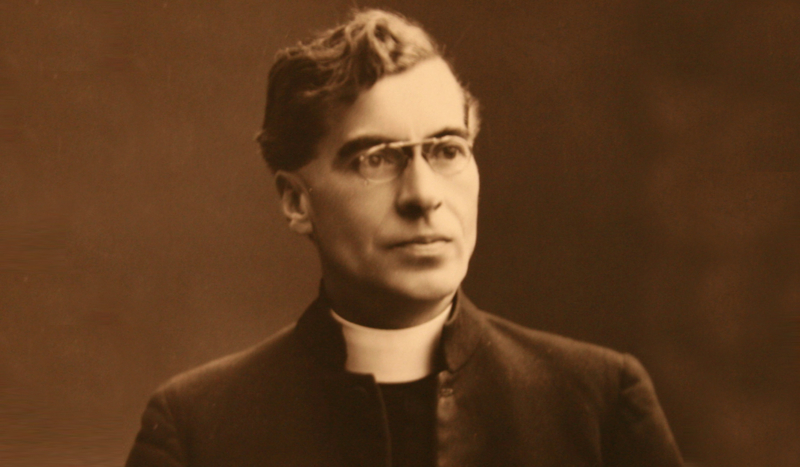
NOTE: Enjoy this excerpt from The American Daily Reader, by CatholicVote president Brian Burch and Emily Stimpson Chapman. To order the complete volume, visit the CatholicVote store today!
Why must parents who send their children to Catholic schools pay taxes to support public schools?
That is a question people ask today, and it’s also a question Father Patrick McSweeney asked in 1873. Father McSweeney, however, didn’t just ponder the problem; he came up with a solution. That year, as pastor of St. Peter’s parish in Poughkeepsie, New York, Father McSweeney made an offer to the city’s school board.
He would rent them two newly refurbished parochial school buildings for a mere $1 a year. The parish would also supply the teachers: Sisters of Charity. In return, the school board would maintain the buildings and operate the schools during hours amenable to the parish, with the parish retaining the use of the building during non-school hours.
For the school board—-who, since 1840, had rented all the buildings in which public education took place—-the offer was too good to refuse. It gave them the use of two excellent buildings, virtually for free, and enabled them to enroll more students in ostensibly public education.
In turn, Catholic parents could send their children to a school where they would be taught by nuns but at no cost to them. Moreover, because Sweeney arranged for the school day to run from 9 a.m. until noon and 1:30 p.m. until 4 p.m., the sisters could provide prayer and religious formation to the Catholics before and after school, as well as during the extended lunch hour.
Despite criticisms from Catholics outside Poughkeepsie, the plan was a rousing success with the locals, both Catholics and non–Catholics. It also so impressed St. Paul’s Archbishop John Ireland that he tried it in his own diocese as well.
Unfortunately, in 1898, after 25 years of happy cooperation between Church and state, the New York superintendent of schools found fault with the arrangement and brought McSweeney’s scheme to an end.
The clever priest died nine years later, on February 24, 1907.

